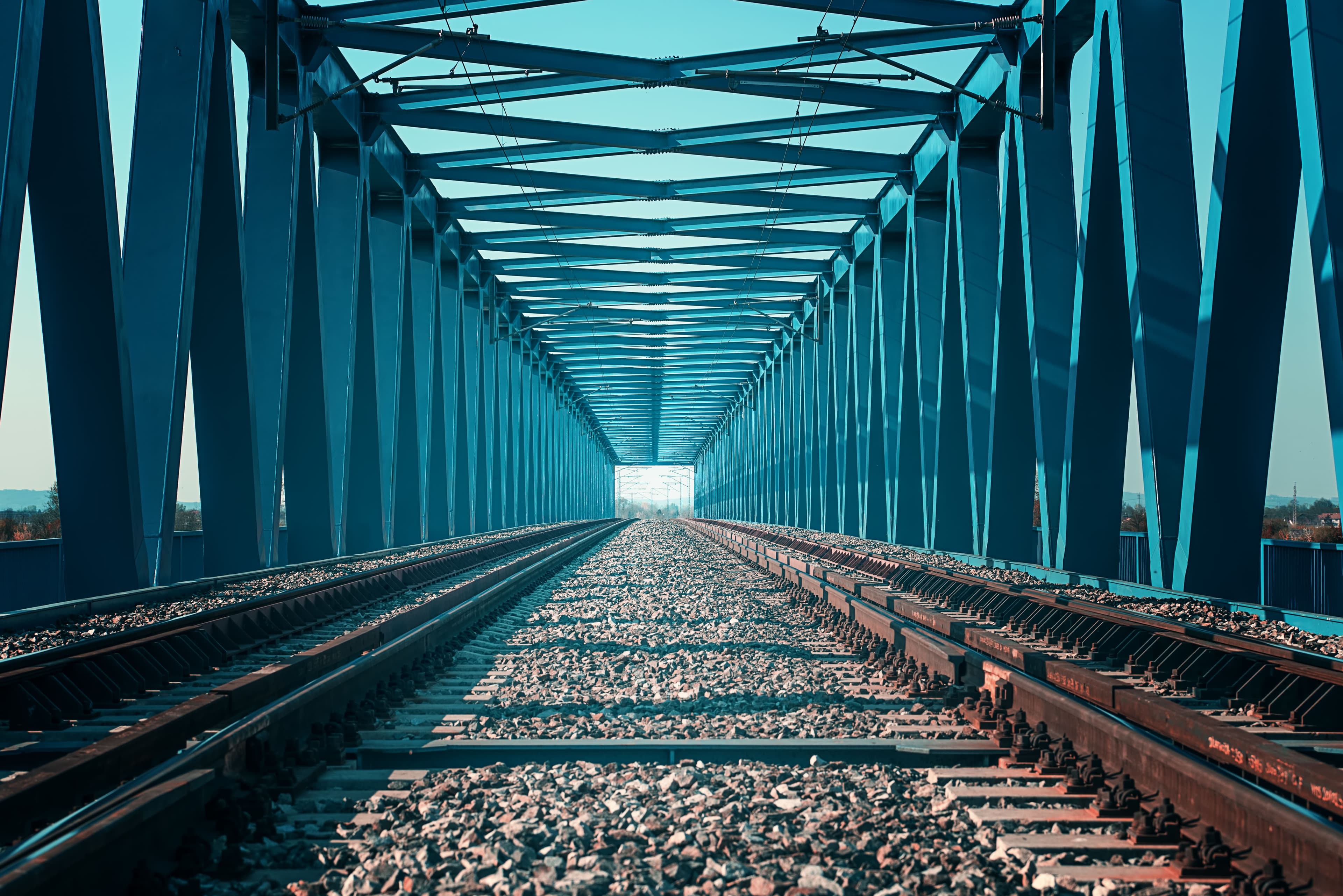2026 Fuel Market Outlook: What it Means for Your Transportation Budget

Trending
Top Posts
5 min read
April 13, 2020

Share:
Table of contents
Browse the table of contents to jump straight to the part you’re looking for
Oil and diesel markets received some highly anticipated news on April 12 after grappling with the demand collapse from COVID-19. An emergency meeting between OPEC, its oil-producing allies (OPEC+), and numerous G20 economies ended with an agreement to cut oil production by a record 9.7 million barrels per day (mmbd). The accord marks the end of the Russia-Saudi Arabia price war and the restoration of the OPEC+ relationship. The new quota may support oil and diesel prices in the short term. However, producers fear the measures will be insufficient in countering the demand lost from COVID-19. The Energy Information Administration (EIA) projects average year-over-year demand to fall about 6 percent in 2020. Other estimates indicate average demand will extend losses seen in Q1 and fall as much as 30 percent in Q2, when COVID-19 containment efforts peak.

Participating nations will align to this quota in May and June of this year. The combined cut will then taper to 7.7 mmbd through the end of 2020, and then decrease to 5.8 mmbd through April 2022. Saudi Arabia and Russia will take on the bulk of the supply reductions, with both nations committing to lower production to 8.5 mmbd from an 11 mmbd baseline. The U.S., Canada, and Brazil agreed to cut a combined 3.7 mmbd. Non-OPEC+ contributions will likely come organically due to low prices, rather than formal quotas that go against their free market ideals. Other participating OPEC+ nations will cut production by 23 percent from October 2018 levels. Mexico—the biggest culprit in delaying the agreement last week—is the exception and will only lower output by 0.1 mmbd. Many producers have already scaled down operations given the financial constraints of the current price environment.
As of market close on April 13, oil prices showed gains of less than $0.50 per barrel, while diesel prices increased about $0.02 per gallon. The market’s relatively subdued response reinforces the notion that the removal of about 10 percent of global supply may be inadequate for balancing the market following COVID-19’s demand destruction. Today’s national average wholesale diesel price of $1.65 per gallon is the lowest since early 2016. This may act as a new price floor now that the market will tighten from OPEC+ production cuts. Longer-term diesel price effects remain dependent on the pandemic’s longevity.
The U.S. economy is showing signs of a significant slowdown, which is directly impacting freight demand. The March jobs report was one of the first signs from the labor market that the U.S.’ economic health deteriorating amid the COVID-19 outbreak. It was the first month since the financial crisis of 2008 that the U.S. labor market saw a net decrease in new jobs. The unemployment rate also increased from 3.5 to 4.4 percent, representing the largest one-month increase since 1975. Jobless claims offered another proof point of the U.S.’ economic slowdown. Over 16 million jobless claims were filed in the past 3 weeks—a level that has never been reached before. The labor market’s health is a key indicator of consumer spending and, therefore, freight demand.
Freight demand across Breakthrough non-durable goods shipments—consisting of consumer-packaged goods, food & beverage, paper & packaging, and retail industries—reached its peak year-over-year growth at the end of March at over 22 percentage points. Since then, shipment growth has slowed considerably. We expect this growth to continue to slow, and already have indications of shipment volume declining year-over-year through mid-April.

Breakthrough clients used in the analysis consist of shippers who started Breakthrough Fuel Recovery on or before August 2018. The large dip in freight demand at the end of December can be attributed to the Christmas and New Year holidays.
Breakthrough durable goods shipments have continued to decline significantly, with no sign of reversing course. Through April 4, durable goods freight demand dropped over 32 percentage points year-over-year.

Breakthrough clients used in the analysis consist of shippers who started Breakthrough Fuel Recovery on or before August 2018. The large dip in freight demand at the end of December can be attributed to the Christmas and New Year holidays.
A pronounced downturn in durable goods freight demand is common when the U.S. economy decelerates because consumers become more hesitant to spend. The softening labor market and the recent record decline in consumer sentiment are expected to bring durable goods freight demand even lower.

6 min read
November 20, 2025
Understand the impact of Ukrainian drone strikes on Russian refineries. Learn why diesel prices are volatile and how to protect your budget from market shocks.
Read more
7 min read
November 11, 2025
Discover how fuel management systems cut costs, track emissions, and improve reimbursement accuracy for modern freight operations.
Read more
6 min read
November 10, 2025
Explore how the proposed Union Pacific–Norfolk Southern merger could reshape rail in the U.S. Learn impacts on competition, pricing, and service.
Read more